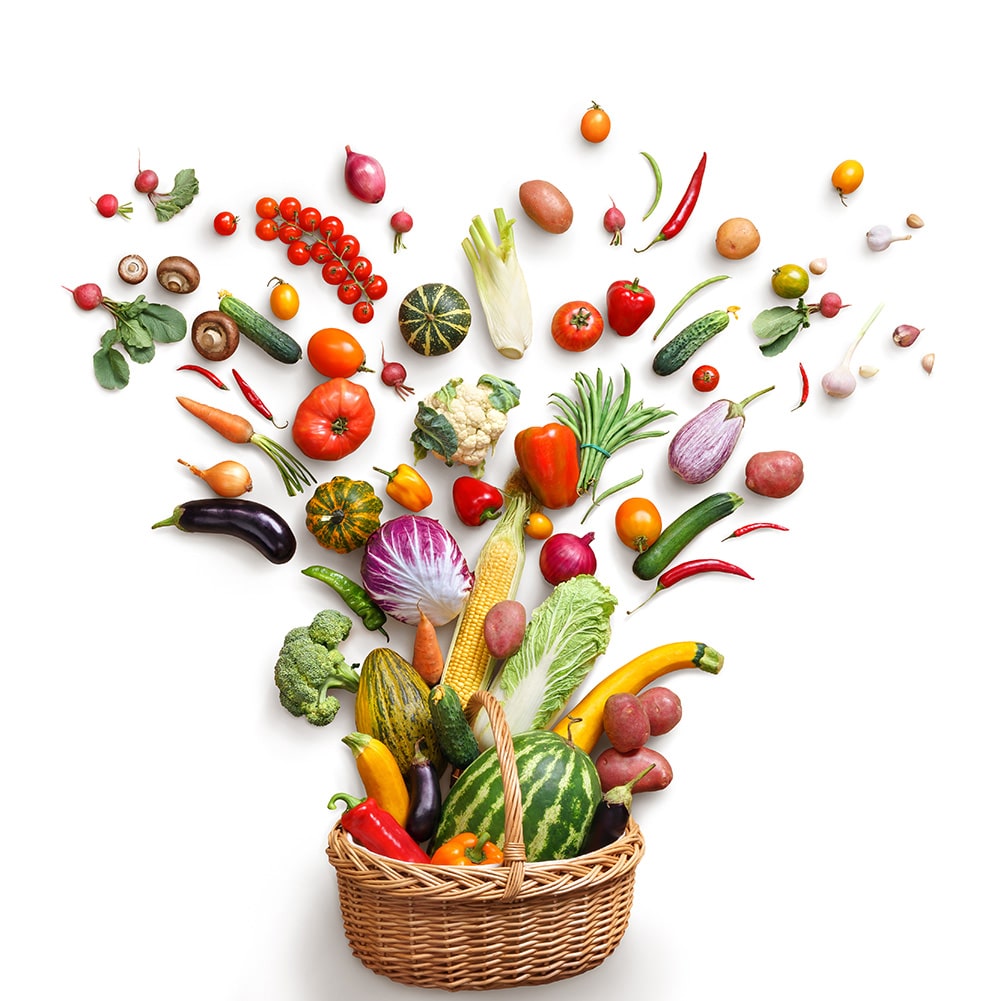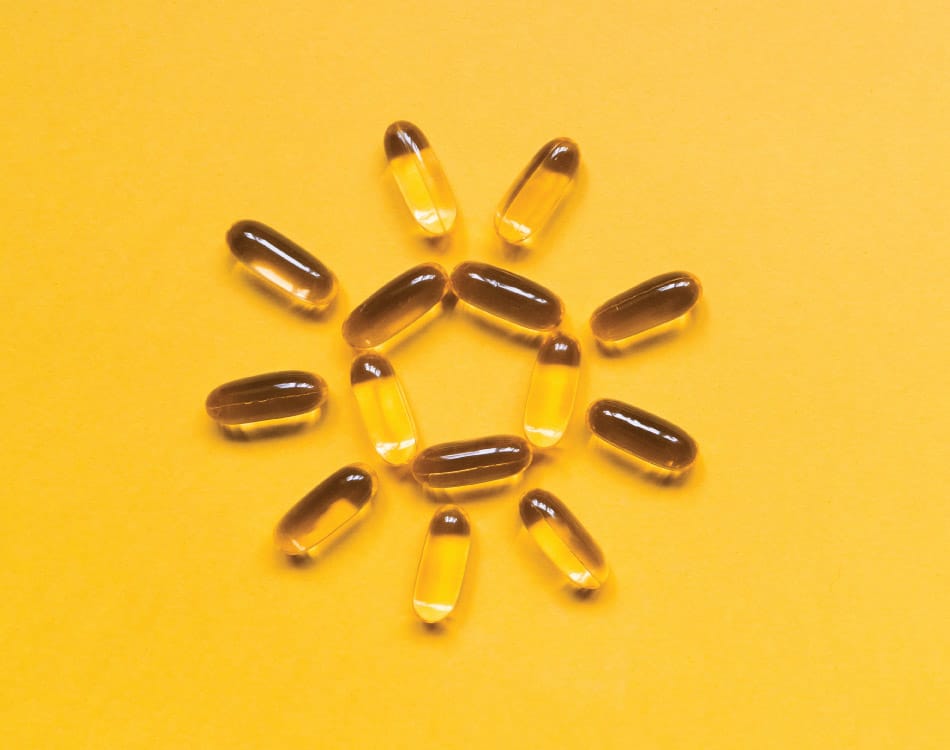Spring is a wonderful time for every health-conscious eater because of the abundance of fresh, seasonal foods that become available at our local greengrocers and organic food stores.
While advances in modern farming and food preservation techniques mean that we can find certain fresh foods in supermarkets all year round, albeit, at a premium, it’s often advisable to eat seasonal fruits and vegetables whenever possible.
READ MORE | 4 Tips For A Healthier Diet
Why out-of-season is out
Out-of-season produce generally comes from regions that are in season. That means they’re transported over long distances and it takes time to reach their destination, which degrades the nutritional content of this ‘fresh’ food.
These foods are also generally gassed, irradiated (blasted with radiation to kill germs) and preserved in wax to extend shelf life, or they’ve been artificially grown and ripened, which all reduce the nutritional value of the food.
READ MORE | 6 ways to clean up your lockdown diet
Why ‘in season’ is in
“Eating foods that are in season is ideal because it means they’ve ripened naturally,” explains Antonia De Luca, a raw food chef and the founder of raw and organic food cafe, Leafy Greens in Johannesburg.
It is ideal to source fresh, organically-grown foods whenever possible because they’re farmed without the use of pesticides, herbicides and other chemicals, she adds.
“These foods can be more nutritious than commercially available fresh food because when food is picked, the enzymes start to denature. Freezing slows down this process, but doesn’t stop it.”
And it is this nutrient density that earns many of these seasonal foods their ‘superfood’ title. Natural, unadulterated foods grown in rich soils that haven’t been depleted of their nutrients are packed full of important vitamins and minerals.
These natural foods also contain fibre and enzymes, all of which give us the energy and vitality needed to improve our health and enhance our performance and our physiques.
Natural, seasonal whole foods also contain micronutrients and other compounds like antioxidants, in the exact ratios that our bodies need to create and maintain balance and optimal function.
Easting seasonal food is better because:
- It tastes richer and is more flavoursome because it is naturally ripened.
- In-season, locally-grown produce is more nutrient-dense and, therefore, healthier for you.
- These food items will be brighter and more vibrant in colour, making for more appetising meals.
- It can be cheaper due to abundant supply and the associated reduction in harvesting and distribution costs.
- It can reduce the environmental impact of modern farming and food management processes.
- It ensures you get a broader variety of foods in your diet.
READ MORE | How to avoid the dreaded rebound weight gain
Seasonal eating guidelines
When eating seasonally, it is best to buy food as close to its natural source as possible.
“This is generally termed farm-to-table dining. If you don’t have access to local farmers’ markets, start a small garden or grow some sprouts on your windowsill. Add these fresh ingredients to your daily meals to boost the nutrient density of your diet,” add Antonia.
It is also beneficial to eat certain fruits and vegetables in their raw state as often as possible because they have the highest vitamin and mineral contents.
Cooking certain vegetables can make the vitamins more bioavailable, which makes them easier for our bodies to use.
However, eating raw foods more often ensures that our bodies get more of the living material they contain because cooking, especially on high heat, can destroy enzymes and phytonutrients, removing a great deal of its nutritional value.
READ MORE | Quality trumps quantity in nutrition matters
Use this list of seasonal foods to add to your shopping list this spring:
*available between September and November
Fruits:
Apples, apricots, avocados, bananas, blackberries, Cape gooseberries, cherries, coconuts, dates, grapefruit, guavas, kiwi fruit, lemons, limes, melons, mulberries, naartjies, nectarines, oranges, pawpaw or papaya, peaches, pears, pineapples, plums, raspberries, spanspek, strawberries, sweet melon, tomatoes and watermelon.
Vegetables:
Artichokes, asparagus, baby marrows, beetroot, broad and green beans, broccoli, Brussels sprouts, cabbage, carrots, cauliflower, celery, corn, cucumber, eggplant, kale, leeks, lettuce, mielies, parsnips, peas, potato, pumpkin, radishes, red onions, rhubarb, Swiss chard, spring onions, turnips, watercress and zucchini.
















